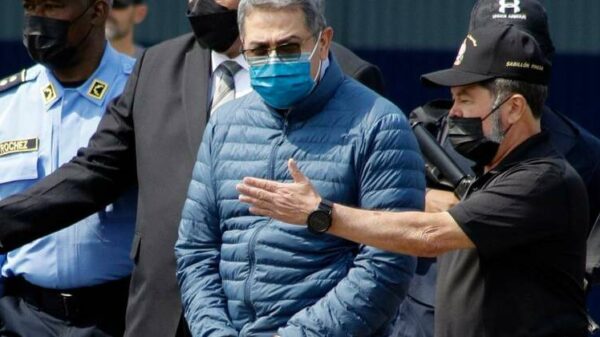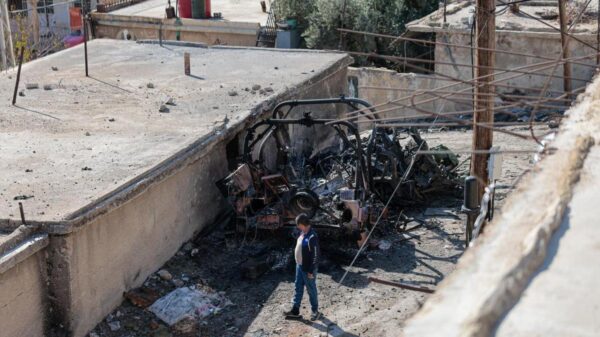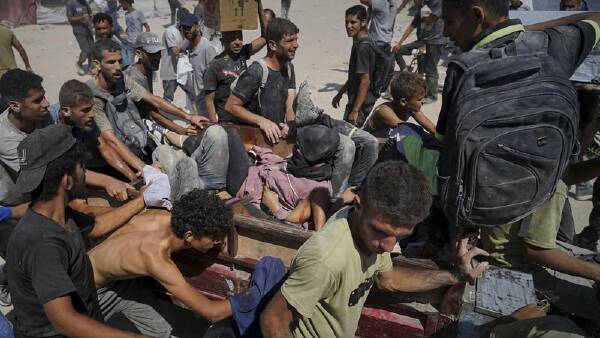Six additional individuals have died from starvation and malnutrition in Gaza within the last 24 hours, as reported by the enclave’s health ministry. This troubling development highlights the ongoing humanitarian crisis in the region, where international agencies warn of a potential famine. The total number of deaths attributed to hunger has now reached a staggering 175, including 93 children, since hostilities escalated in October.
In a rare moment of relief, Egypt’s state-affiliated **Al Qahera News TV** announced that two trucks carrying **107 tons of diesel** are set to enter Gaza. This delivery comes after months of stringent restrictions imposed by Israel on aid access, which have only recently seen slight easing as starvation conditions worsened. The health ministry has indicated that fuel shortages severely hinder hospital operations, forcing medical staff to prioritize care for critically ill patients.
Confirmation of the fuel trucks’ entry into Gaza had not been received at the time of reporting. Fuel shipments have become increasingly rare since March 2023, when Israel limited the influx of aid and goods in response to the October 7 attack by **Hamas**, which resulted in the deaths of over **1,200** people and the abduction of **251** hostages in Israel.
Israel argues that Hamas is responsible for the ongoing suffering in Gaza. In response to rising international pressure, the Israeli government announced measures last week aimed at increasing aid access, including temporary pauses in combat, air drops, and designated routes for aid convoys. Despite these efforts, United Nations agencies have emphasized that airdrops of food are inadequate. They insist that Israel must allow a greater volume of aid to enter the territory and fully restore access to areas devastated by the conflict.
The **Israeli military agency (COGAT)** reported that **35 trucks** have entered Gaza since June, primarily in July. However, the **Hamas-run Gaza government** claims that nearly **1,600 aid trucks** have arrived since restrictions were relaxed late in July. Eyewitnesses and local sources indicate that many of these trucks have been looted by desperate individuals and armed groups.
In January and February, more than **700 fuel trucks** entered Gaza during a ceasefire; this situation changed dramatically when hostilities resumed in March due to disagreements over ceasefire terms. On Sunday, local health authorities reported that at least **40 people** were killed by Israeli fire and airstrikes across the territory, with many deaths occurring near aid distribution points in southern and central Gaza. Among the casualties was a staff member of the **Palestinian Red Crescent Society**, who was killed when an Israeli strike set their Khan Younis headquarters ablaze.
The ongoing conflict has had catastrophic impacts on the population. Health officials in Gaza claim that **over 60,000 Palestinians** have died as a result of the conflict. As of now, **50 hostages** remain in Gaza, with only **20** believed to be alive, according to Israeli officials.
This tragic situation continues to develop, with the international community closely monitoring the humanitarian crisis in Gaza. The urgency for sustained and effective aid delivery remains critical as the region grapples with the consequences of ongoing violence.





























































